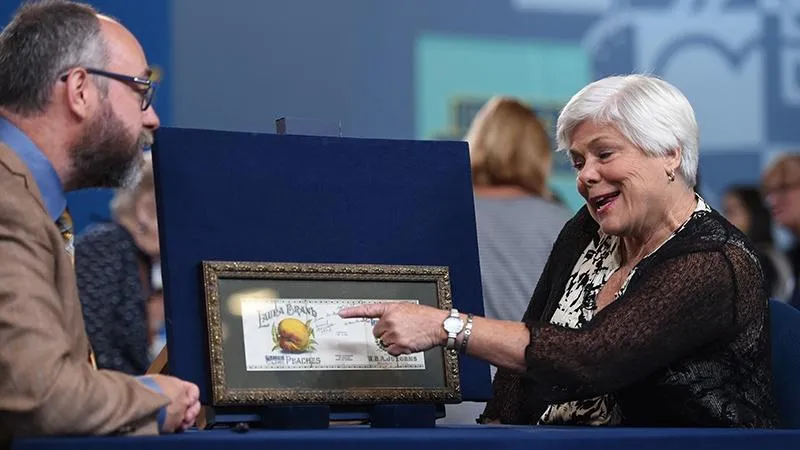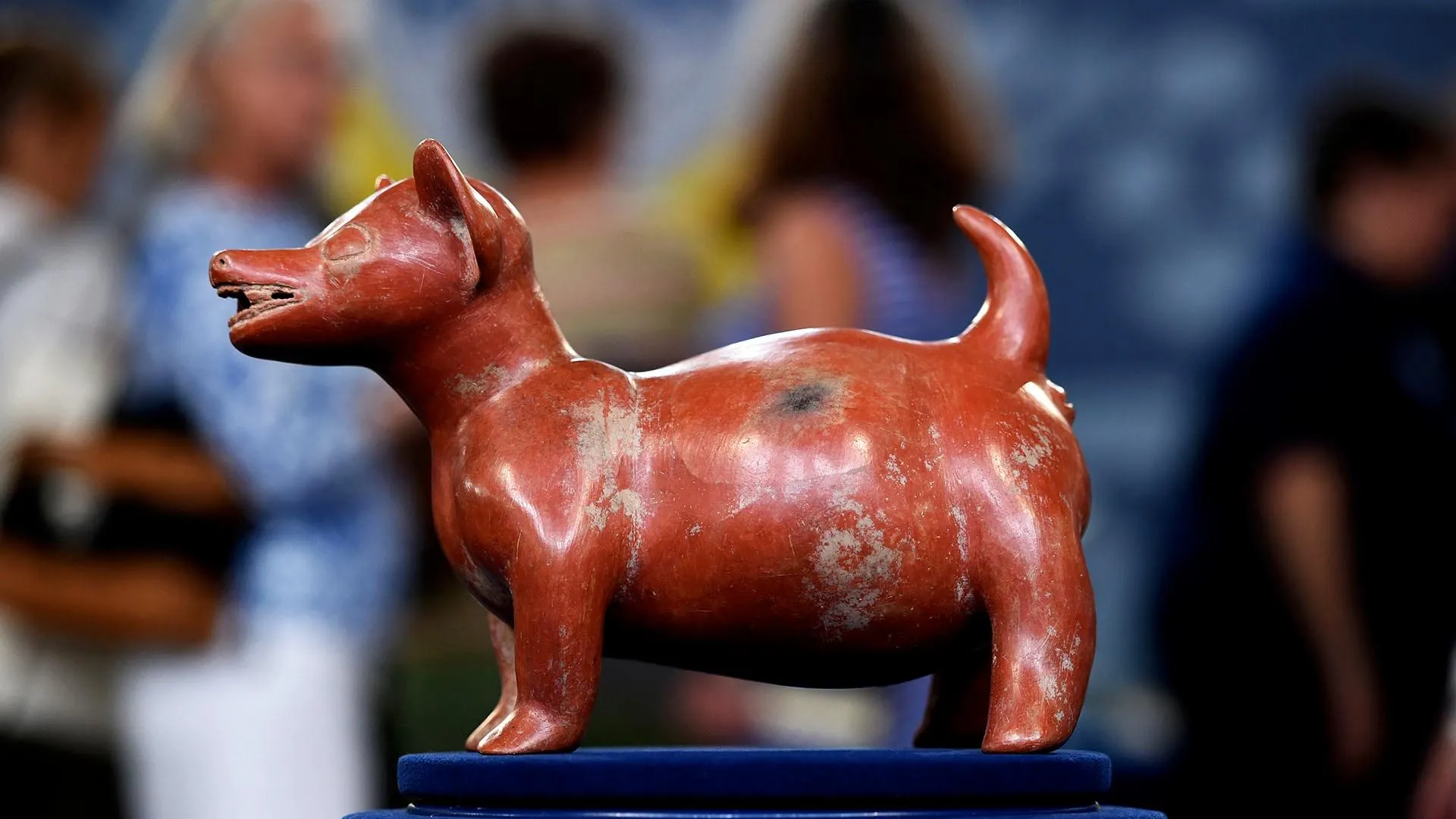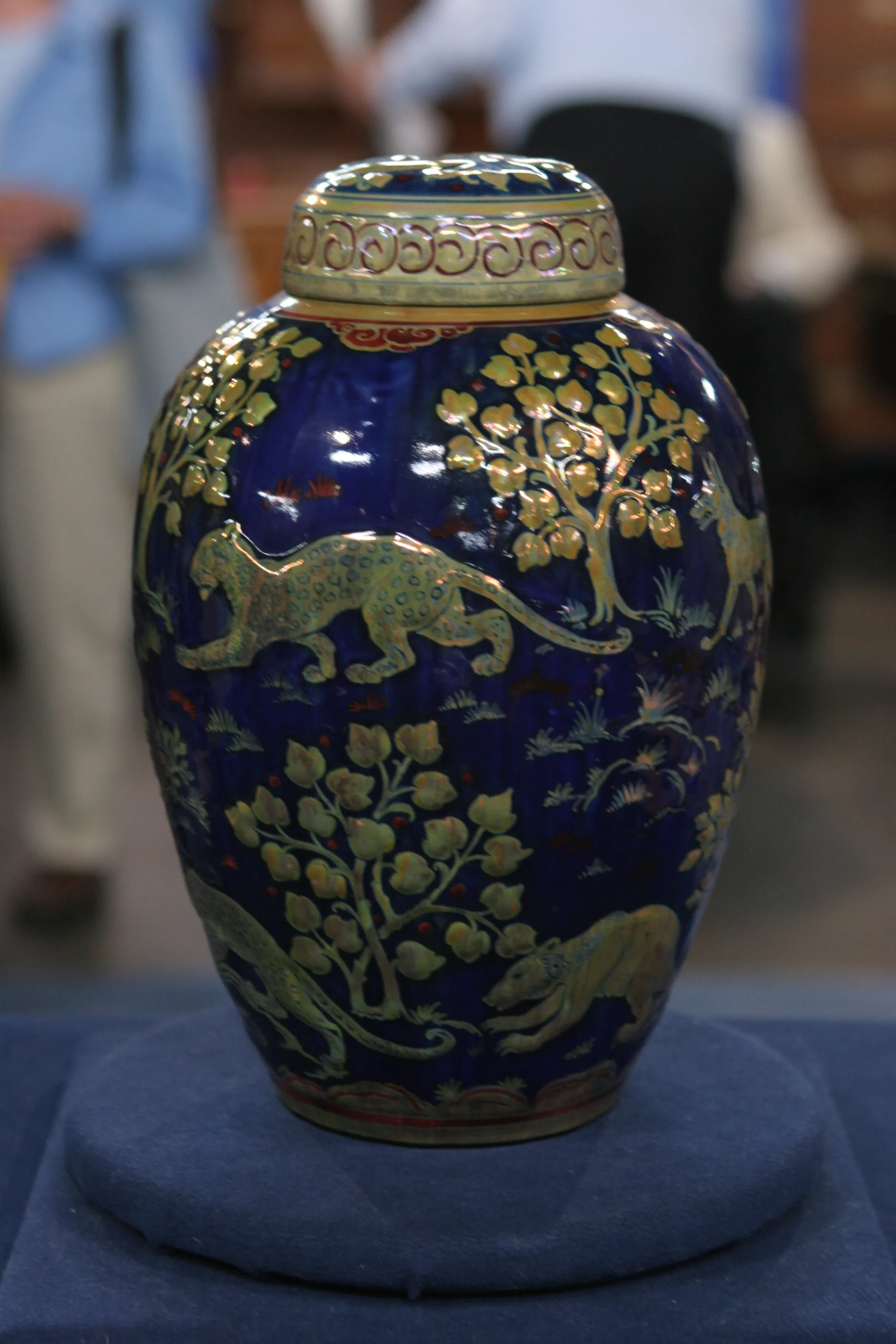GUEST: My great-uncle Lavern Meyer was an artist with Erie Lithograph Company back in Erie, PA, back in the '20s to maybe '40s or '50s, and painted a collection of circus artwork that was then passed from when he passed away to my grandmother, my grandmother to my father, and my father to myself recently. It's lived in attics, in basements. And we framed a couple pieces to hang up in our house. It's been in the family for a long time.
APPRAISER: So it's your great-uncle.
GUEST: Yes.
APPRAISER: And his name was Lavern Meyer.
GUEST: Correct.
APPRAISER: So one of the first things I'd actually love to do, and I am privileged and honored to do it, is introduce the world to Lavern Meyer. And the reason I say that is, the artists who designed so many of the American circus posters largely labored in almost absolute anonymity. They were craftsmen, and none of these posters are signed, as you see.
GUEST: Right.
APPRAISER: And most of the posters that I come across in my daily job for circuses are not signed. So the fact that we now know through your family that the artist was Lavern Meyer actually adds something immeasurable to the canon of circus posters.
GUEST: Oh great.
APPRAISER: So, world, meet Lavern Meyer. Lavern Meyer, the world. That's the first thing, which I think is great. Now you said he worked for the Erie Lithograph Company.
GUEST: Yes.
APPRAISER: And the Erie Company was one of the great American lithography companies. But one of the greatest American lithography companies was the Strobridge Company.
GUEST: Okay.
APPRAISER: And this poster was actually printed by the Strobridge Company.
GUEST: Oh, okay.
APPRAISER: So it would appear that your great-uncle actually worked for several different lithography houses-- certainly the Strobridge Company as well as the Erie Company.
GUEST: Oh, very neat.
APPRAISER: And it's interesting, because a lot of times we come across family stories that are a little bit vague or a little bit foggy, or maybe not entirely accurate. It's sort of like a big game of historical telephone...
GUEST: Yes.
APPRAISER: ...where information gets lost and twisted. But we know he worked for at least two different companies.
GUEST: Huh.
APPRAISER: And this is original artwork for posters. And the word for that is maquette.
GUEST: Okay.
APPRAISER: Many, many years ago, when someone else came in with maquettes, I pointed out that for some unexplainable fluke of the market, the original artwork never seemed to be worth as much as the posters were themselves.
GUEST: Oh, interesting.
APPRAISER: But in this case, I think it's slightly different. As they are sort of family heirlooms, do you have any idea of what they might be worth?
GUEST: I have not the faintest idea.
APPRAISER: Well, it's very difficult to put a value on original artwork that until this very day was basically anonymous. But we look at these pieces, and here's what I see. I see the Ringling Bros. and Barnum & Bailey poster, which according to my research was printed in 1931.
GUEST: Okay.
APPRAISER: And Ringling Bros. really is the gold standard name for circuses. I think artistically, this is really one of the nicest images that you have. Yes, there's a little damage down there. Not great, but I would say at auction that the Ringling Bros. is worth $800 to $1,200.
GUEST: Oh, great.
APPRAISER: Then we have the Al G. Barnes and the Russell Bros. Circus. They're not as famous circuses. The images are great though, and I think together the two of them are worth $800 to $1,200.
GUEST: Okay.
APPRAISER: And then finally we have the other Ringling Bros. poster, which is
smaller. I haven't been able to establish an exact date for it, but it is a dramatic image. And on this I'd put an estimate of $600 to $900.
GUEST: Nice.
APPRAISER: But that's a lot of numbers. I'm going to sum it up for you. The auction estimate for these four pieces together would be between $2,200 and $3,300.
GUEST: Oh, excellent news. Yeah, thank you.
APPRAISER: This is sort of new ground. Now that we know who the artist is, there's a chance that at auction they would sell substantially higher than that.
GUEST: Oh, excellent news.












